Small leaks of hydraulic oil from turbines at hydroelectric plants are common and can end up in the facility’s sump or in its water resource. Oil skimming cost-effectively removes the oil before the water is discharged into the environment.
Typically, the utility is charged with environmental stewardship of the adjacent reservoir or river that is vital to hydro power generation. Often the reservoir or river also provides a public recreation, and it may be a source for drinking water and irrigation. Hydraulic oil leaks cannot be tolerated.
Utilities may employ absorbents and other manual methods of oil skimming. These methods are messy and inefficient, and take maintenance personnel away from more important work. In contrast, Abanaki oil skimmers are proven in thousands of applications to be the lowest maintenance and most reliable means of oil removal.
Oil Grabber® Model 8 Oil Skimmer
The Oil Grabber® Model 8 oil skimmer is a dependable and cost-effective tool for removing oil from sumps in hydroelectric plants. With its rugged construction it is made to last many years with little or no maintenance. The Model 8 oil skimmer utilizes continuous belt and wipers to remove oil from existing sumps. With its specially designed belts, it can collect virtually all oils present in sumps, and with the optional oil concentrator it can virtually eliminate any residual water that may be picked up.
Oil skimming makes use of the differences in specific gravity and surface tension between oil and water. These physical characteristics allow the belt skimmer to attract oil and other hydrocarbon liquids from the surface of the fluid. The Model 8 can be used in tanks with depths as shallow as one foot, or as deep as 100 feet.
The Model 8 Oil Skimmer may be part of an emergency oil spill system, in which wastewater flows through a coalescer tank, is skimmed, and then passes though filters. These systems satisfy the requirements of government standards intended to prevent oil spills from entering the environment. Abanaki has experience in designing and installing complete emergency oil spill systems for the power generation industry.
To learn more about oil skimmers, please contact our experts at 440-543-7400 or visit our website: www.abanaki.com


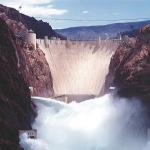
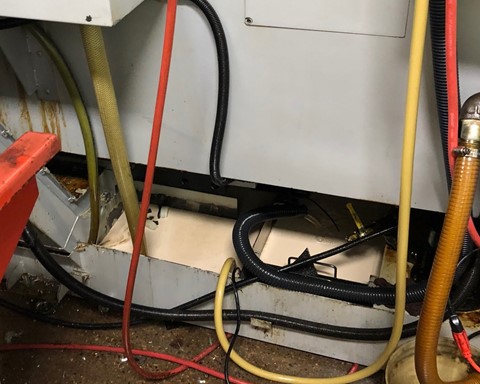

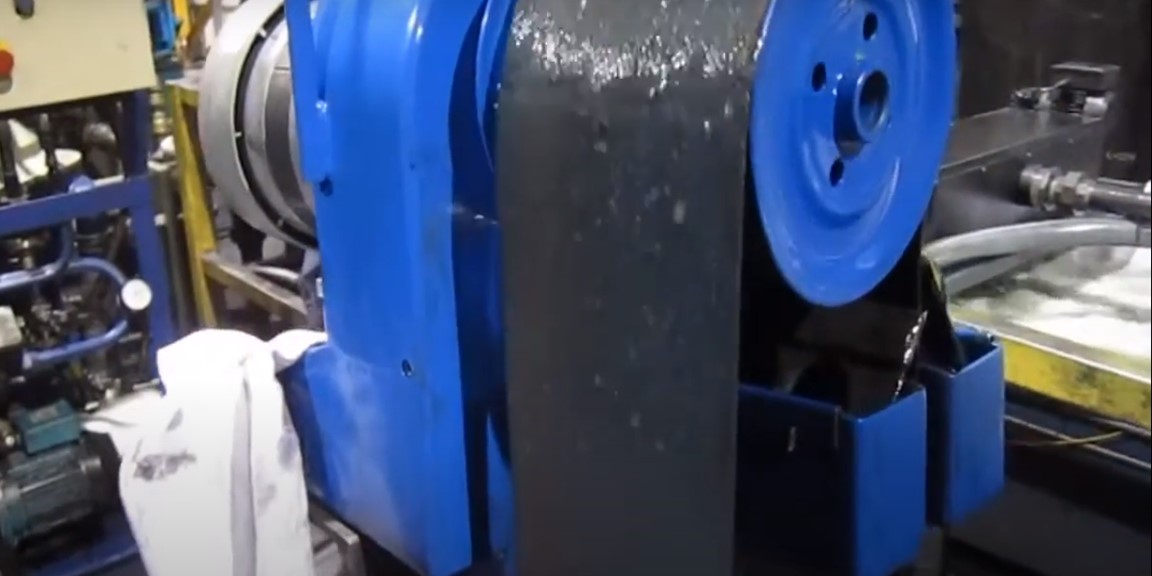
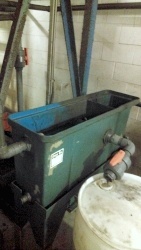

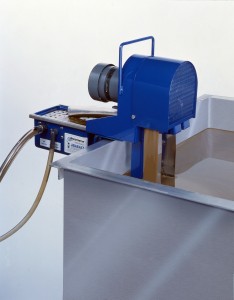


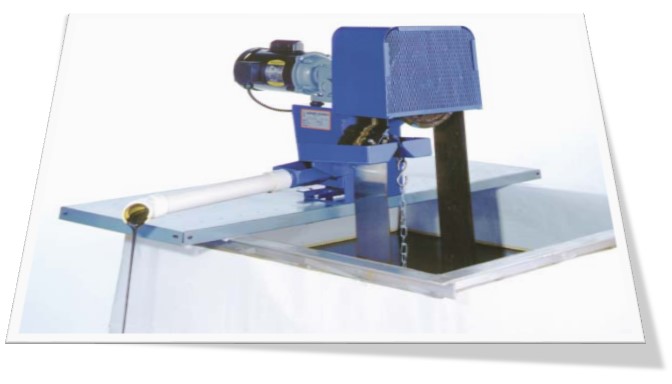

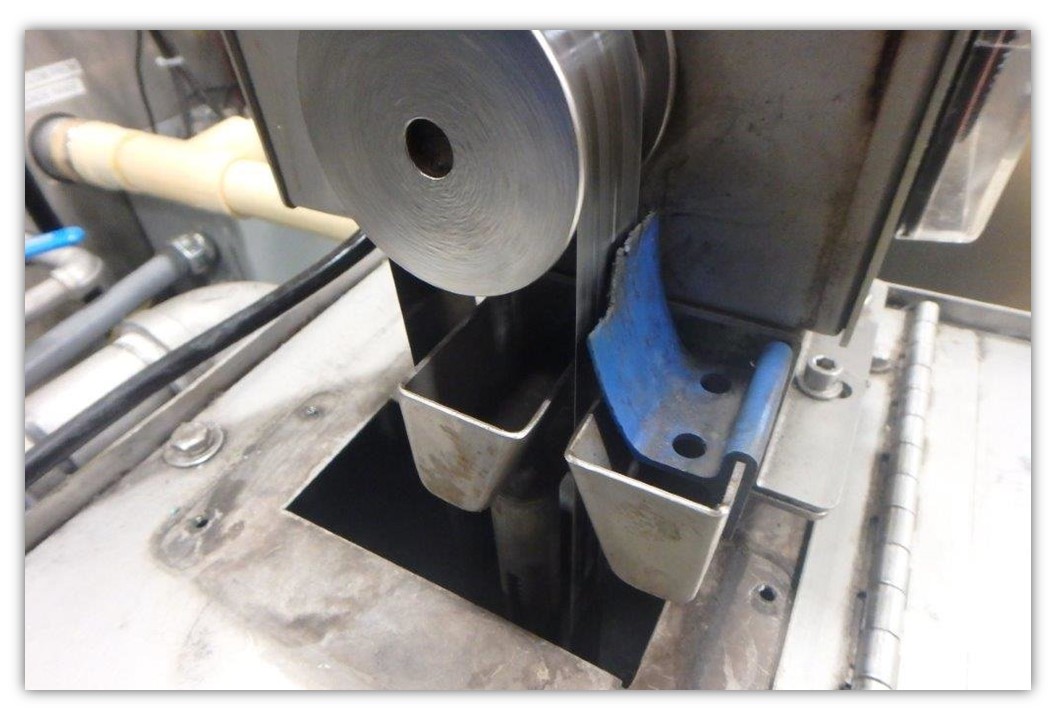

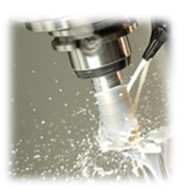 When
When 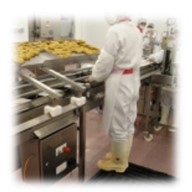
 Where floating oils are present, oil skimmers provide inexpensive and effective removal, solving a serious
Where floating oils are present, oil skimmers provide inexpensive and effective removal, solving a serious 
